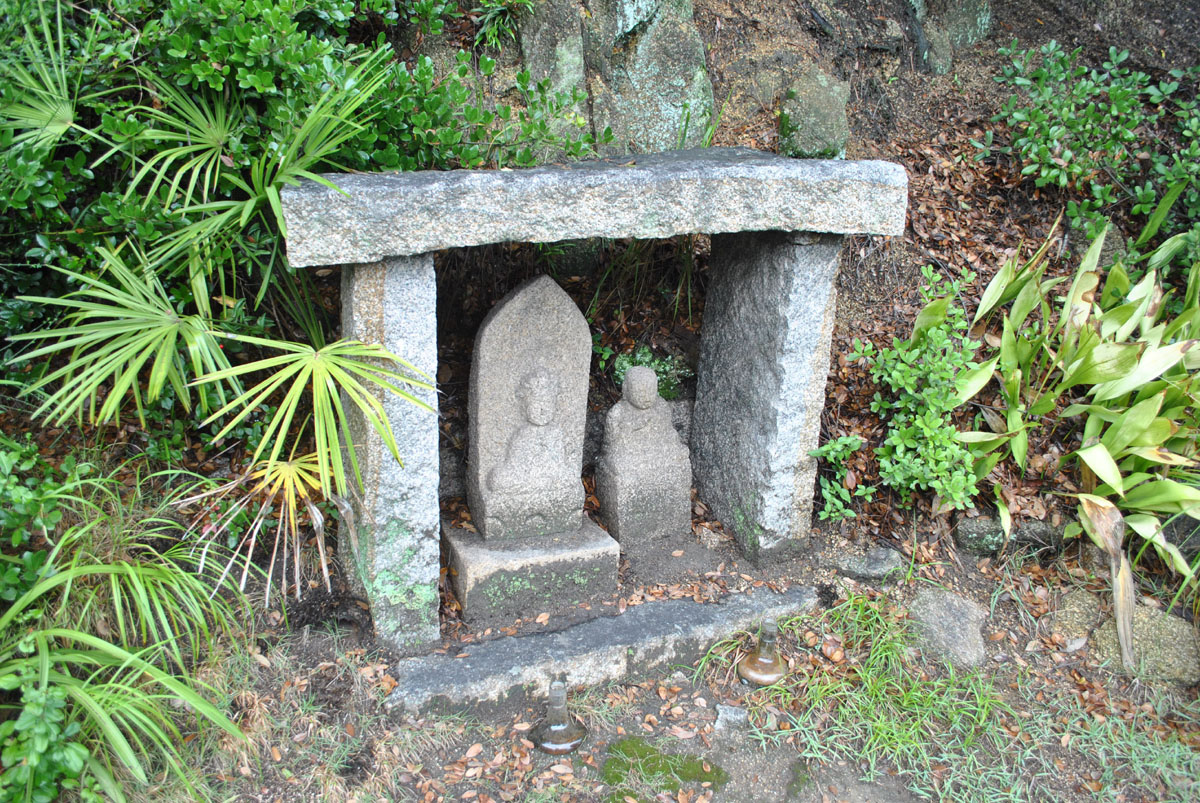I've been running pilgrimages in Japan since 1997. So far, I've run the Shikoku 88-Temple Pilgrimage, the Mount Hiei Kaihogyo route in Kyoto (of the Tendai-shu monks), and tens of other smaller pilgrimages in Japan. If you are a runner in Japan, you should be running pilgrimages. If you're a hiker, you should be walking or hiking them.
Pilgrimages are spiritual domains that encompass mountains, waterfalls, sacred rocks and miracle spots. There are pilgrimages to sacred places (reijo) such as the Kumano route to the Three Grand Shrines, or the Ise Shrine Okage Mairi that celebrates the Shinto goddess Amaterasu. There are also circuit pilgrimages (junrei) such as the Saikoku Kannon Pilgrimage, a 33-temple route and the Shikoku 88-Temple Pilgrimage route (both Buddhist). On the Shikoku pilgrimage, the pilgrim visits a circuit of 88 sites that form a mandala, or spiritual map to the cosmos. In addition, there are hundreds of smaller pilgrimages, and replica pilgrimages throughout Japan. So, why not take your chances on the spiritual walking path?
These ancient pilgrimages are still alive and well in Japan, but most people don't know about the smaller, lesser-known routes. The Japanese know, but they see them only for their original purpose: offering prayers to the various kami, bodhisattvas and Buddhas. And these days, few people are interested in doing this. It's a wonder the Japanese have not thought of using the paths and infrastructure for exercise purposes instead. To my knowledge, the bodhisattvas are not opposed to a little exercise.


















With your current subscription plan you can comment on stories. However, before writing your first comment, please create a display name in the Profile section of your subscriber account page.